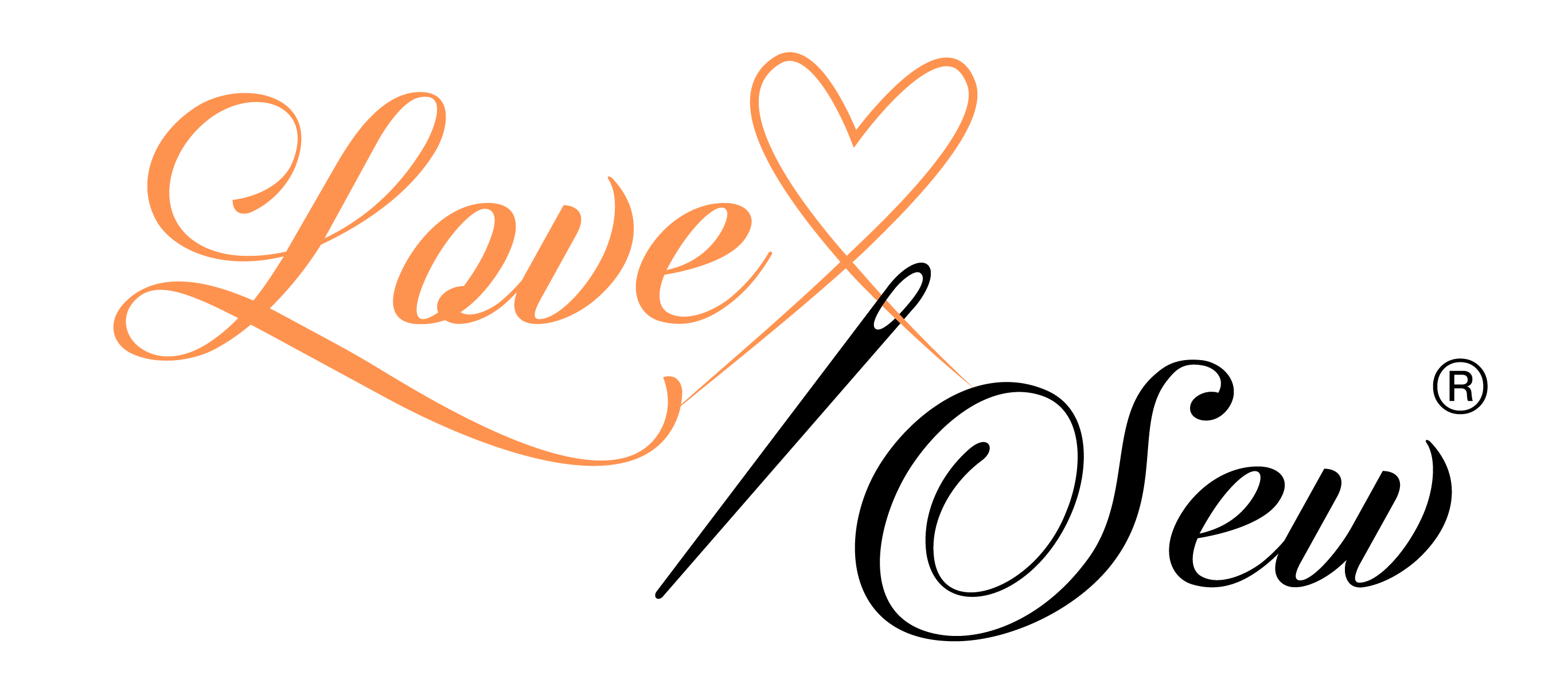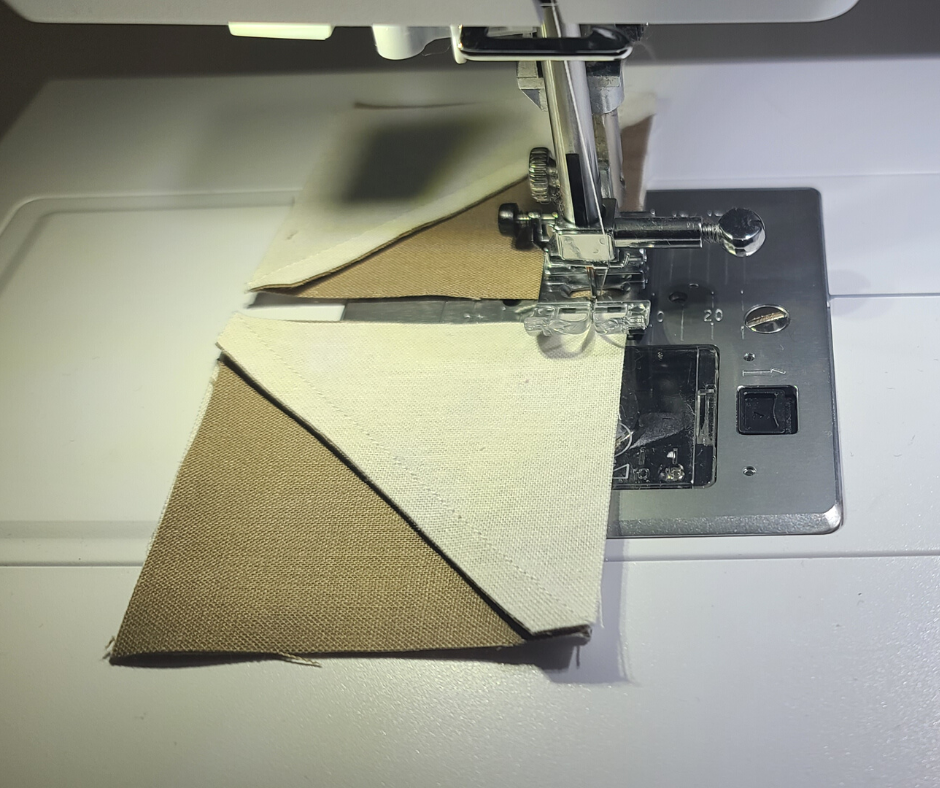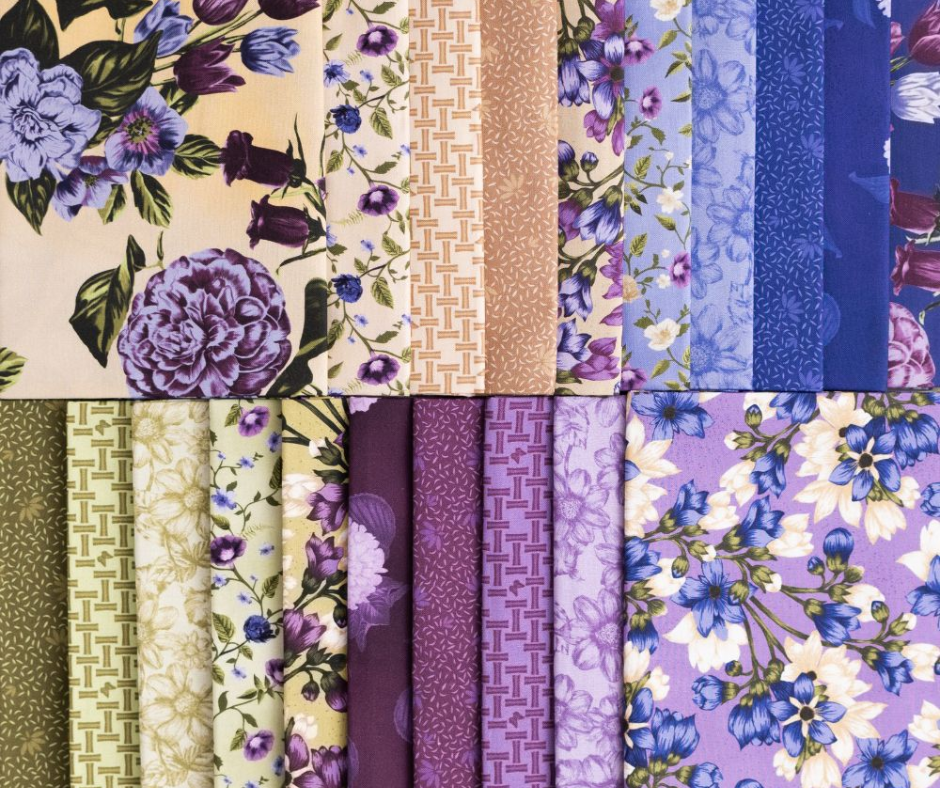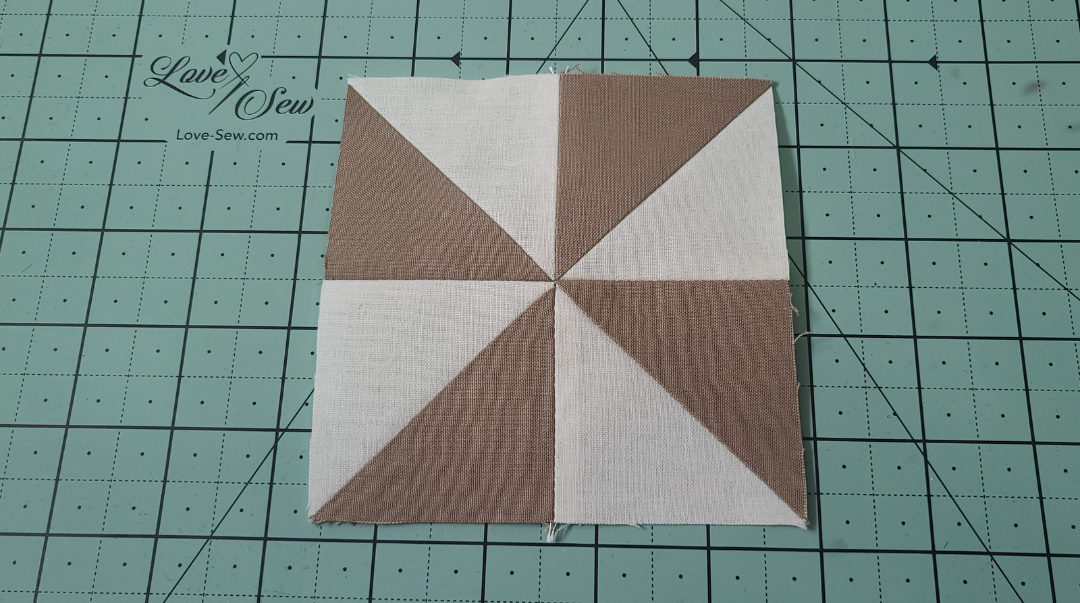Quilting should be a fun and relaxing process, but sometimes all the piecing can become tedious. This is especially true when you have hundreds of little units that need to be sewn together. If you’re looking for a way to speed up your quilting, you need to learn how to chain piece. We’re gong to show you how it’s done in this post.
What Is Chain Piecing?
If you’re new to quilting, you’ve probably never heard of “chain piecing” before. It is when you sew several quilt units together quickly without lifting your presser foot or cutting threads between pieces. You simply feed one unit right after the other. This speeds up the whole piecing process and you’re left with a “chain” of quilt units when you’re done that will need to be cut apart and pressed.
Why You Should Chain Piece Your Quilt Units
Speed is the main reason quilters like to chain piece. You’re basically creating an assembly line so you don’t have to constantly start and stop sewing to cut your threads and press your seams. Instead, you’re doing these steps in batches. Not only does this increase your speed, it increases your accuracy. You’re much more likely to keep consistent ¼” seams when you’re sewing without stopping.
Chain piecing also helps you stay organized. Before sewing, you create stacks of units that need to be sewn in order. Then after sewing, all the units stay in the right order because they are connected by a thread chain. This allows you to quickly put them back into the correct design.
How to Chain Piece
Step 1: Layout Your Pieces and Get Organized
Chain piecing can be done with any size quilt unit, but its most effective when you’re sewing multiple units of the same type. That way you’re not worried about how they’re arranged. For example, if you’re sewing tons of half-square triangles, you can place two piles of fabric next to your sewing machine — one for your main fabric and one for your accent fabric — and then grab one of each square as you chain piece.
Now, if your quilt has multiple types of units, that doesn’t mean you can’t chain piece. You’ll just have to create stacks to keep yourself organized. Start by laying out all your pieces in the right design. Then, pick them up in a row without changing their direction. Be consistent and take your time to ensure all the pieces stay in the right order and in the right orientation.

Step 2: Start Sewing and Don’t Stop
Sew the first unit together and when you come to the end, slip your next unit under the presser foot and continue sewing. There is no need to raise your presser foot — the feed dogs will pull your next unit through smoothly. There will be a tiny bit of thread between each unit. Keep adding units in the chain until you have sewn them all together.

You might be wondering… “Don’t I need to backstitch?” The simple answer is, “No.” Quilting is very different from garment sewing. There’s no need to secure the threads at each seam because they will be secured when each row is sewn together. Backstitching can actually be a bad thing when quilting because it causes bulk in your seams. You might not think that this matters, and it usually doesn’t, but if you’re sewing something like pinwheel units, that could mean eight rows of stitches at one point. You’d notice the bulk then.
Step 3: Cut the Threads and Press Your Seams
Use little scissors to cut the thread chain between each quilt unit. When you do this, try to keep your quilt units in order to save time for the next step. Some quilters like to press all their seams before cutting the threads to stay organized. Do what works best for you.

When you’re done cutting all the threads and pressing the seams, line up your quilt units again and repeat the chain piecing process for your rows! You’ll be surprised how quickly your quilt can come together when you stay organized and chain piece.
Chain piecing is a technique every quilter should know. It saves so much time and headache. What do you think? Are you a believer in chain piecing? Let us know in the comments below.
Don't forget to check out all the lovely quilt kits from Love Sew!




9 comments
Diane Harvey
I’ve just finished reading your blog and found it very interesting and helpful. Thank you 😊.
I’ve only ever done one quilt and that was a sampler. I can’t wait to try making another one and give this a try.
Diane. 02-02-23
Cathy Coffman
I use chain piecing when I’m doing a lot of blocks.
Margaret
I always chain piece where I can, and also have a small scrap of spare fabric which I finish off with so I don’t have to cut my threads when finishing. The scrap of fabric then becomes the beginning of my next chain!
Nadine
I really enjoyed the tips . I now why my quilt was bulky. Loved all the tips. Mahalo
Leave a comment
This site is protected by hCaptcha and the hCaptcha Privacy Policy and Terms of Service apply.